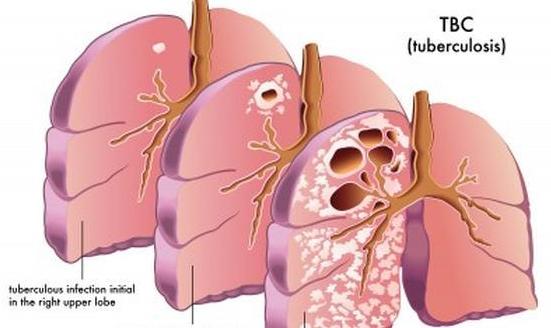
Multidrug resistant Tubercolosis in Europe, 2011 studies
Authors: Gunar Günther, Frank van Leth, Sofia Alexandru, Neus Altet, Korkut Avsar, Didi Bang, Raisa Barbuta, Graham Bothamley, Ana Ciobanu, Valeriu Crudu, Manfred Danilovits, Martin Dedicoat, Raquel Duarte, Gina Gualano, Heinke Kunst, Wiel de Lange, Vaira Leimane, Cecile Magis-Escurra, Anne-Marie McLaughlin, Inge Muylle, Veronika Polcová, Emanuele Pontali, Christina Popa, Rudolf Rumetshofer, Alena Skrahina, Varvara Solodovnikova, Victor Spinu, Simon Tiberi, Piret Viiklepp, Christoph Lange, TBNET
We studied a multicenter cohort of patients with MDR TB at 23 referral centers across Europe and found high rates of drug resistance to second-line drugs for treatment of TB in circulating M. tuberculosis strains, and limited availability of second-line drug resistance testing in several countries with a high incidence of TB.
Furthermore, we found evidence of ongoing transmission of MDR strains of M. tuberculosis in eastern Europe: 52.4% of patients with MDR TB were experiencing their first episode of TB. In countries in western Europe with a low incidence of TB, MDR TB is predominantly a disease of immigrants (15), which reflects the epidemiology of MDR TB in the country of origin. Only a few (8.9%) MDR TB patients were born outside the European region of WHO. Thus, interventions for the control of MDR TB should be specific for countries with high incidence of MDR TB, especially in eastern Europe (16). Mathematical and epidemiologic models indicate that early diagnosis, effective treatment, and improved access to laboratory infrastructure could have a strong effect on the incidence of MDR TB in high-prevalence regions (17). However, few of such programmatic requirements are met at many sites in Europe at the present time (18). Possible active transmission of strains causing MDR TB, as reflected by the large proportion of patients never having received TB treatment before in this European cohort, is consistent with recently reported data and deserves attention. A drug resistance survey conducted in Belarus in 2011 showed that 32.3% of new TB infections and 75.6% of previously treated TB infections had an MDR strain of M. tuberculosis (19). In Moldova, for which adequate surveillance data are available, 23.7% of new TB cases involve an MDR strain (3). A recent report of surveillance data in countries with >700 estimated MDR TB cases per year indicated that more than half of the reported pulmonary MDR TB cases were new cases (20)
[document url=”http://wwwnc.cdc.gov/eid/article/21/3/pdfs/14-1343.pdf” width=”600″ height=”820″]


